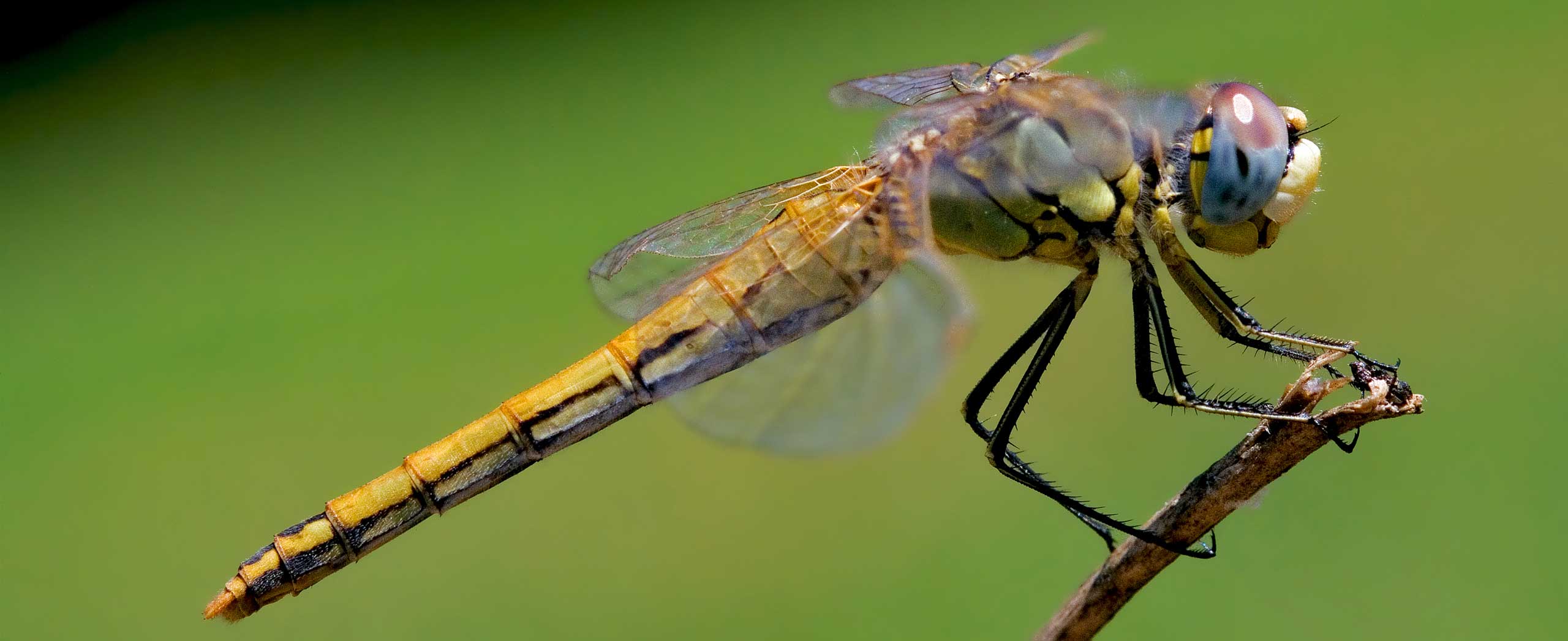There will be 4 questions on the current situation on energy conversation at JEG
-Write down a brief introduction of the possible alternative energy(not specific to JEG)
-Suggest 3 ways that Jurong Lake Park can adopt from JEG to improve on energy conversation
-Explain briefly how our suggestion works
-Support our suggestions with our own diagrams or photos from the internet
-Write down a brief introduction of the possible alternative energy
The alternate energy could be solar energy, wing energy, light energy and etc. All sources of energy are renewable energy. As parks try to be as eco-friendly as possible, the government tries to make parks and reservoirs eco-friendly.
-Suggest 3 ways that Jurong Lake Park can adopt from JEG to improve on energy conversation
-JLP can have more solar panels to use
-JLP could have LED lights
-JLP can have boards showing facts about energy conservation.
-Explain briefly how our suggestion works
Jurong Lake Park can have more solar panels to attach onto street lamps and rubbish bins. This is so that the solar panels can absorb light energy to convert it to electrical energy, therefore conserving energy. JLP could also have LED lights equipped on the street lamps. As LED light bulbs consume less energy compared to normal light bulbs (florescent light bulbs), installing them would save electricity. Lastly, JLP could have notice boards educating the people of energy conservation. This will allow people to be more conscious about energy saving and therefore conserve it more.
-Support our suggestions with our own diagrams or photos from the internet
LED lights on street lamps
Solar panels on rubbish bin
A energy conservation poster





